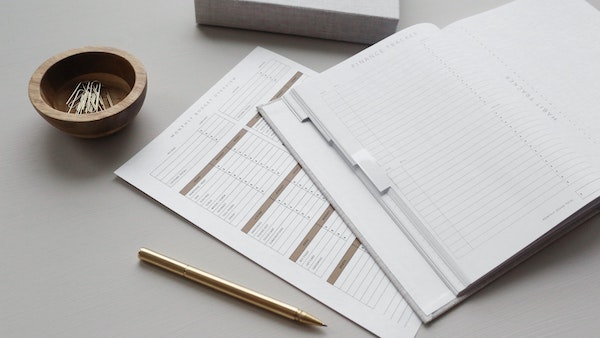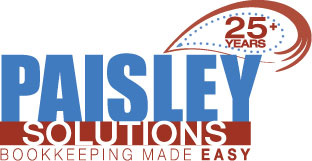Evaluate Your Balance Sheet to Measure Financial Stability
In today’s uncertain business environment, companies need to be more vigilant than ever about their finances. Small business owners especially need to keep laser-focused on their bottom line, ensuring there is no wasteful spending and that decisions about the company’s financial future are well-informed and based on accurate information. That’s why any small business owner needs to know how to read a balance sheet and understand how valuable this document is for the organization’s financial health.
What is a Balance Sheet?
A balance sheet provides an up-to-date look at the company’s finances. As opposed to other documents like the income statement, which offers a more long-range look at profits and losses, the balance sheet gives a snapshot of a particular timeframe with detailed business assets and liabilities. It breaks down the value of everything the company owns at this specific time, what it owes to creditors, and, importantly, what could be leftover if assets were sold, and liabilities settled.
What is a Balance Sheet Used For?
As organizations today have to continue to make business decisions despite the uncertainty of the pandemic, they should be able to be confident in their financial picture, which is where knowing how to read a balance sheet comes in. This information can help business leaders make smart choices about paying down debt to increase equity as well as evaluate opportunities for liquidation to reduce debts. A balance sheet is also an effective way to communicate the company’s financial health to outside parties. For instance, it can be used to make the case to potential investors why they should back the company or to demonstrate to potential creditors how the business could benefit from a line of credit.

How to Read a Balance Sheet
There are several things to look out for as you review your balance sheet:
Assets
When it comes to assets, a balance sheet lists those that can be most quickly converted to cash at the top, with those that could take the business longer to sell placed at the bottom. Assets can include everything from investments to physical property to inventory.
Liabilities
Liabilities also follow a specific order, with debt that is due the soonest placed at the top. Liabilities commonly include things like payroll, rent, taxes, and credit card debt.
Equity
A balance sheet can also provide information on equity—what the business would have if it sold all assets and paid off the liabilities; if the balance sheet finds a negative owner’s equity, the business could be in trouble, as the sale of assets and payment of the debt would still leave the business owner with a negative balance.
Business owners who know how to read a balance sheet can be more proactive about their finances, making smart and strategic decisions to support the company’s financial future. Professional bookkeepers will help you maintain accurate records of accounts payable, accounts receivable, and inventory. You’ll receive detailed financial reporting and an up-to-date balance sheet that helps you focus on business growth and organizational planning. Paisley Solutions is an experienced bookkeeping firm serving businesses and non-profit organizations in Kennett Square, PA, Southeast Pennsylvania, and across the country. Contact our expert bookkeeping staff for a free consultation and needs analysis today!
